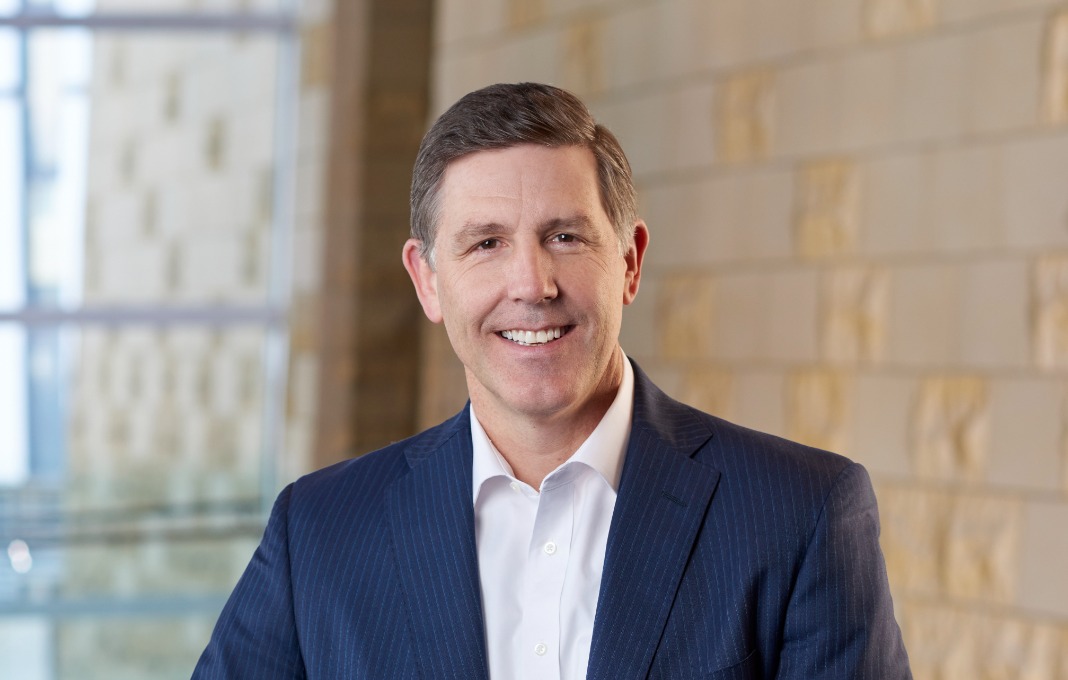New-Era Koppers Keeps Staying Ahead Of The Game


Koppers exited Chinese manufacturing before “decoupling” was cool. The Pittsburgh-based conglomerate was helping rebuild America’s infrastructure before the federal government got around to it. And Koppers was making treated wood utility poles years before America’s ongoing transformation to all-electric vehicles created today’s booming demand for these elements of the grid that will be required to establish thousands of battery-charging stations nationwide.
Call it a combination of vision, necessity and serendipity, but Koppers CEO Leroy Ball is happy to be leading the charge for an old-line Midwest industrial company that has ridden waves of change to emerge in a great position of health and readiness at the intersection of important trends.
“We’re in year four of a five-year plan to expand and optimize,” Ball, who’s been CEO of the $2.1-billion company since 2015, tells Chief Executive. “At first, we were focusing on a small ‘e’ and big ‘o,’ but we’re about to move to a big ‘e’ and smaller ‘o.’”
In other words, Ball explains, “Now we can focus on how to grow our business more.”
As Koppers embarks on a growth strategy after posting a 9 percent increase in sales in 2023 and a 41 percent increase in operating profit, Koppers’ modern diversification also has continued to improve its ability to weather downs in sectors of the economy.
“Businesses do ebb and flow based on several factors, but the way our puzzle comes together, and our diversification—we’ve seen it time and time again where we’ve been able to pull through each challenge with even better results,” Ball says. “While one is pulling back, the other is moving ahead. Meanwhile, we’re putting in foundational improvements, continuous improvements in individual operations of a few million dollars here and there.”
It’s been quite a journey for Koppers from its status a few decades ago as a Fortune 500 company that was grounded in building coke ovens for the American steel industry that was headquartered in Pittsburgh. Koppers used byproducts of related businesses for things like preserving wooden railroad ties.
A hostile takeover, a long period of private-equity ownership and a spinout followed, “and today 50 percent of our revenues and 75 percent of our EBITDA come from businesses that didn’t exist as part of the spinout,” Ball explains.
Today, Koppers ranks as a key supplier of critical components to railroad, construction and aluminum markets; a global leader in wood-preservation chemicals and technologies; a leading supplier of utility poles in the U.S. and Australia and a leading provider of cross-ties to Class 1 railroads in North America.
When Ball joined the company five years before his rise to CEO, Koppers’ strategy was to grow its carbon materials and chemicals business by sourcing in China through its own manufacturing and joint ventures, particularly to serve the booming aluminum business in Asia. “We were using the rail-tie business as a cash cow to fund that growth strategy,” Ball says.
But then Koppers began to experience what many other U.S. manufacturers would subsequently find out: making stuff and doing business in China wasn’t all about low labor costs and unchecked expansion. Expansion there came with heavy costs and diluted margins, he says.
That added to burdens such as “getting one-day notice of the need to shut down our operations because [the government] wanted clean air for events like the Olympics” in China in 2008. “We knew something needed to change; we couldn’t continue down that path.”
Ball began terminating Koppers’ facilities and partnerships in China in 2016 with shutdowns and sell-offs. “I had to do a lot of explaining as to why, given that we had just brought up some of the facilities,” he says. The process was complete just before the pandemic hit in early 2020.
By then, Ball’s restructuring of the company was well underway, with a focus on infrastructure-related businesses that have ended up also benefiting from the Biden administration’s industrial policy that subsidizes investments in everything from railroads to EV-charging networks.
“Our biggest opportunity now is inutility poles,” Ball says. “We just bought another pole business to add to the one we bought in 2018. It’s a nice growth market as [federal] dollars get funneled into infrastructure. In all the markets we serve, they’re relatively speaking smaller niche markets that are highly concentrated from a competitive standpoint.
“We also hold significant market share in railroad cross-ties and in performance materials, and in carbon materials and chemicals.”
All told, Ball says, Koppers is poised to “go after growth both organically as well as from an M&A standpoint. Money in this bigger shift to infrastructure spending has only added fuel to that, creating more opportunity and making it even more attractive than it was.”
Meanwhile, Koppers’ diversification “enables us to navigate ups and downs of any particular shock in any part of the economy. I’ve seen that time and time again. After we carved China out of our operations, we’ve grown profitability for nine straight years through all kinds of economies.”


0

1:00 - 5:00 pm
Over 70% of Executives Surveyed Agree: Many Strategic Planning Efforts Lack Systematic Approach Tips for Enhancing Your Strategic Planning Process
Executives expressed frustration with their current strategic planning process. Issues include:
Steve Rutan and Denise Harrison have put together an afternoon workshop that will provide the tools you need to address these concerns. They have worked with hundreds of executives to develop a systematic approach that will enable your team to make better decisions during strategic planning. Steve and Denise will walk you through exercises for prioritizing your lists and steps that will reset and reinvigorate your process. This will be a hands-on workshop that will enable you to think about your business as you use the tools that are being presented. If you are ready for a Strategic Planning tune-up, select this workshop in your registration form. The additional fee of $695 will be added to your total.

2:00 - 5:00 pm
Female leaders face the same issues all leaders do, but they often face additional challenges too. In this peer session, we will facilitate a discussion of best practices and how to overcome common barriers to help women leaders be more effective within and outside their organizations.
Limited space available.

10:30 - 5:00 pm
General’s Retreat at Hermitage Golf Course
Sponsored by UBS
General’s Retreat, built in 1986 with architect Gary Roger Baird, has been voted the “Best Golf Course in Nashville” and is a “must play” when visiting the Nashville, Tennessee area. With the beautiful setting along the Cumberland River, golfers of all capabilities will thoroughly enjoy the golf, scenery and hospitality.
The golf outing fee includes transportation to and from the hotel, greens/cart fees, use of practice facilities, and boxed lunch. The bus will leave the hotel at 10:30 am for a noon shotgun start and return to the hotel after the cocktail reception following the completion of the round.